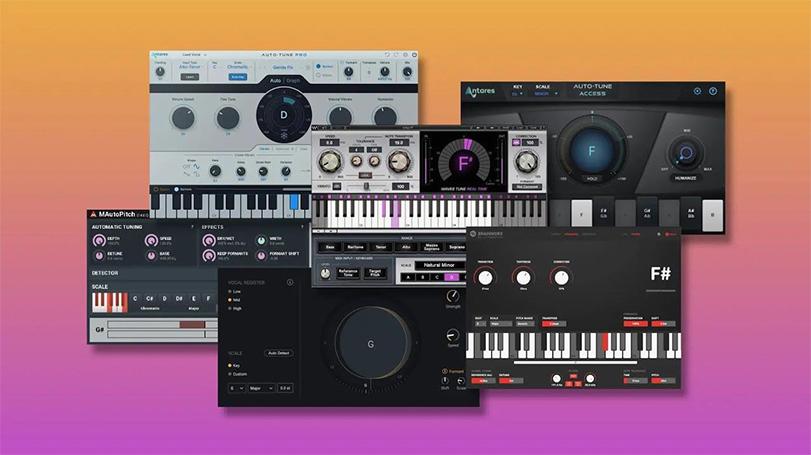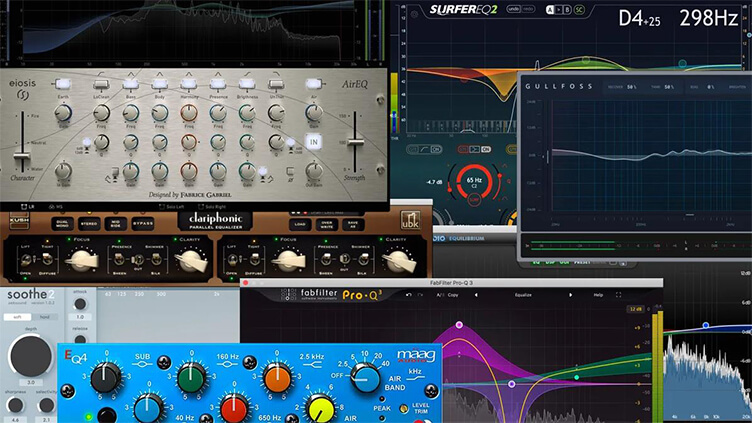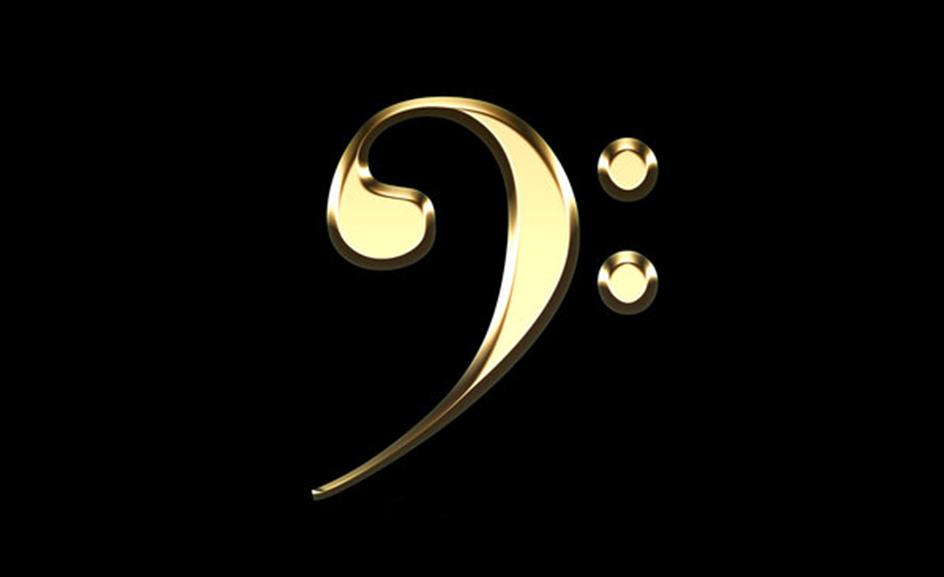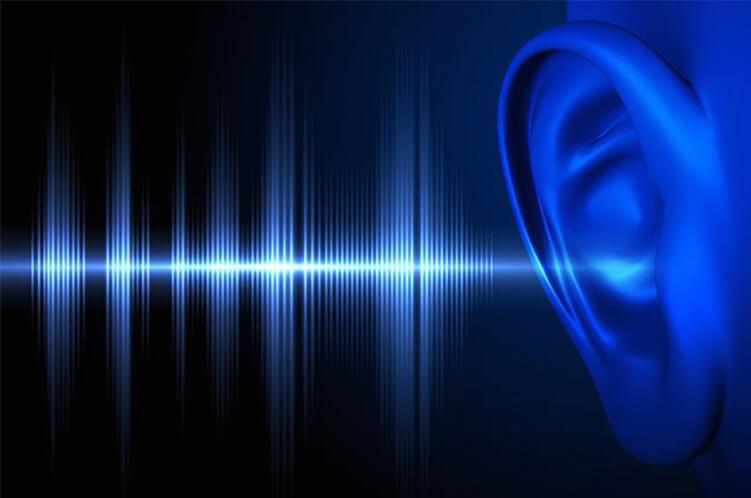Blues chord progressions
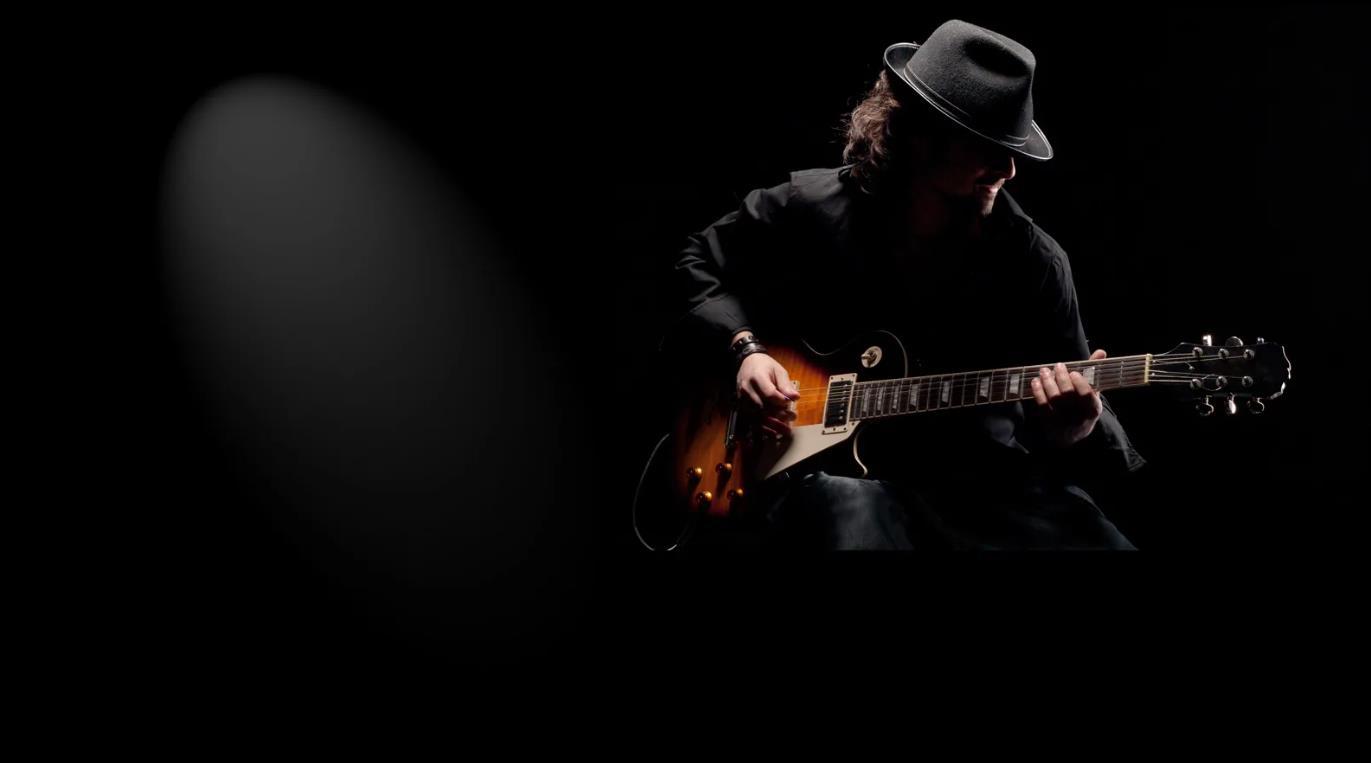
Blues is the foundation for many musical directions, especially rock and metal. This trend has had a significant impact on contemporary music. Therefore, every guitarist who aspires to become a composer and understand harmony must master blues chords and the rules for their construction. This article is completely devoted to this topic and will help you better understand the essence of the blues and how to build classic chord progressions in any key.
Basic blues chord theory
Steps
One of the key and memorable features of the blues is the basic steps of tonality that are used in its playing. These are the first, fourth and fifth steps, that is, tonic, subdominant and dominant. These steps are indispensable in every blues song, as they create the characteristic sound of the blues. For example, if we consider the key of C, then in addition to the main triad “C”, we also include “F” and “Sol”. Using this foundation, you can easily build harmony in any key you choose.
Seventh chords
Seventh chords are also widely used in the blues, which are triads with an additional step – the seventh. It is the presence of this seventh step that gives them their name. In notation, they are denoted as X7, where X represents the name of the chord. For example, A7 is an A major chord that has a G added to it.
Blues square diagram

Also worth mentioning is the classic twelve-bar blues square pattern. This schema has the following structure:
- Four measures of the root triad;
- Two measures of the subdominant chord;
- Two measures of the tonic triad;
- Two measures of the dominant chord, and two measures of the tonic triad.
In some cases, a seventh step is added to the triads, and everything is played on seventh chords. Remember this diagram, it will be useful in the future.
To solo to such music, you will need knowledge of the pentatonic scale on the guitar and its structure. Knowing it, you will be able to create the progressions of triads you need and skillfully improvise them.
Blues squares on the guitar. Practical examples
Here are some examples of blues squares on the guitar. Many of them are classics and are great for learning the basics of the blues.
Here is an example of a classic major blues square in the key of C:
C – C – C – C – F – F – C – C – G – G – C – C
Don’t forget about possible seventh chords as well.
Example in the key of A:
A – A – A – A – D – D – A – A – E – E – A – A
And so on in various tonalities.
In addition, there is a variant in which the last triad of the tonic inside the progression is replaced by a dominant chord, that is, the fifth step. This creates a more tense and incomplete sound when the musical phrase doesn’t resolve in the expected way. Using the previous two examples, these sequences would look like this:
C – C – C – C – F – F – C – C – G – G – C – G
A – A – A – A – D – D – A – A – E – E – A – E
However, care must be taken when using this technique so as not to confuse the listener and lose the melody itself.
Blues guitar open positions
The following is another practical section on playing the blues. You may already be familiar with some of the material presented in this article. However, here you can find unusual triads that you can use in your own songs.
E chord forms
There are two different ways to play an E7 chord. The first way is to remove the ring finger from the second fret of the fourth string in the standard E position.

One more – with your little finger, hold the second on the third.

To play the E7add6 chord, which is a seventh chord with an added sixth, you need to remove your ring finger from the second fret of the fourth string and place your little finger on the second fret of the B string.

The E9 chord is a nonchord, which is a triad with an added ninth. To play it, you need to press the fourth string on the second fret, the third string on the first fret, the second string on the third fret, and the first string on the same fret where you pressed the fourth string.

The E13 chord is a third decimal chord, which is a triad with an added thirteenth. To play it, you need to remove your ring finger from the second fret of the fourth string and pinch the first two strings at the second fret.

E7#9 – in classic E position, hold the first two strings on the third.

Chord Forms A
The triad of the seventh degree from la is also set in two ways. First, just take your middle finger off the second fret of the third.

Next – hold the first on the third.

A7add6 – remove your finger from the second fret of the third and hold the first on the second.

There are two ways to play an A9 chord. The first way is to place a small barre finger on the fourth string at the second fret and pinch the third string at the fourth fret and the first string at the third fret.

Alternate – 2nd fret of the B string, 4th fret 3rd, and 5th fret 4th.

A13 – the same as the alternative way of setting A9, but at the same time, the first one is also clamped on the second one.

B chord forms
B7 can be played in a very unusual way. In this case, the fifth, third and first strings are clamped at the second fret, and the fourth string at the first fret.

B9 is placed in the same way, but the B string is also clamped on the second fret.

B7 # 9 – the same as B7, but instead of the first, the second is clamped on the third.

Movable chord forms for blues with barre
In blues, chords can be played in more than just open positions. Sometimes it’s easier to take the barre and play the desired triad, rather than moving around the neck. To help you master these positions, we have prepared this section.
Chord forms from E (E) with barre
All forms of E triads can be played in exactly the same way as in the open format, but using barre on the desired frets. However, it should be noted that this will not be a pure E chord, but any other seventh chord.
To get exactly the E chord, you need to set the barre at the 12th fret and add the appropriate construction. Also, if you put these shapes on the 5th fret, you get the A major triads.




Chord forms from A (A) with barre
The same applies to the A chord forms. You need to memorize how it is played on open strings, and then apply these barre forms to any other fret. The principle remains the same – just watch the tonic and use the appropriate position.



Movable forms on open strings
Movable open-string E (E) chord shapes
I want to clarify once again that in this section we provide only the forms of chords, and not the triads themselves. By placing these shapes on different scales, you will get different sound results.
There are two movable forms of the seventh chord. You need to play the sixth string on any fret, then play the fourth string on the same fret, and finally play the third string one fret down.

An alternative option is to hold the sixth, fourth and second on the same fret, and the third on one lower.

The form of the terzdecimal chord looks like this – hold down the first version of the seventh chord form, and add the B string, clamped one fret below, to it.

Movable open-string chord forms A
To create a seventh chord in the key of A, the following construction should be applied: the fifth string is played on any fret, the fourth string is played one fret higher, and the third string is played on the same fret as the fifth. The game is played only on these three strings.

The formation of a non-chord is carried out as follows: the first, second and third strings are pressed on the same fret, the fifth string is pressed on the same fret, and the fourth string is pressed one fret higher.

The ninth-seventh chord is played in exactly the same way, but instead of barre, you want to play the B string one fret lower than the third.

The form of the third chord looks like this.

Basic blues chords for guitar
Below is a table with basic blues guitar chords in all popular keys. It is important to note that these chords can also be used in sharp keys, the main thing is not to forget the appropriate movement of the triads in accordance with the key.

Here are tables with a variety of blues progressions similar to those mentioned above in this article. In addition, we have also included audio files that will allow you to accompany chord progressions and check for correct performance. These patterns can be applied to a variety of rhythms on the guitar, and are not limited to shuffle.
Conclusion
Whether you plan to play acoustic music or prefer rock or metal, it’s important to learn how to play blues. The blues is the foundation upon which all of your favorite genres of music are built, and without that foundation it will be difficult to create anything meaningful. In addition, this knowledge and skills will help you enrich your compositions and come up with exciting new moves on both acoustic and electric guitars.





